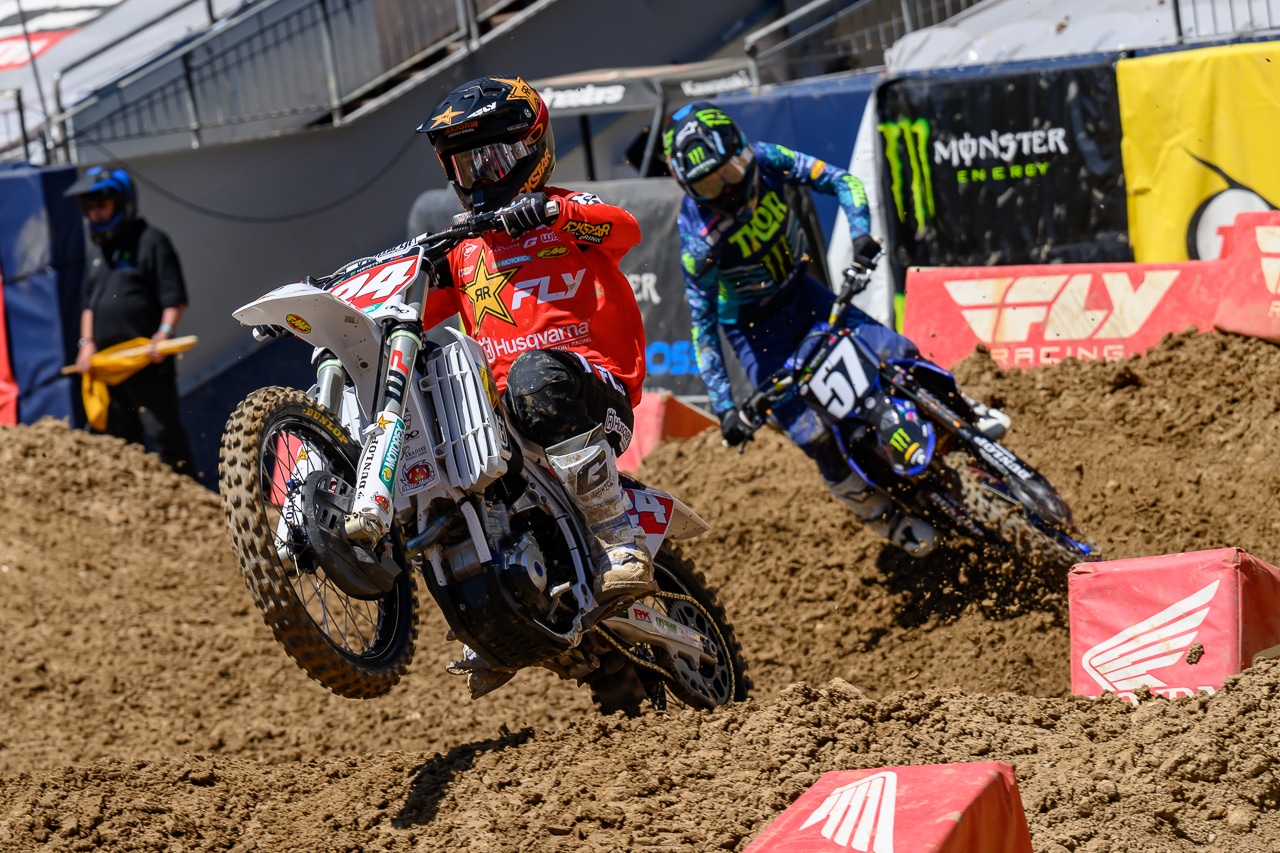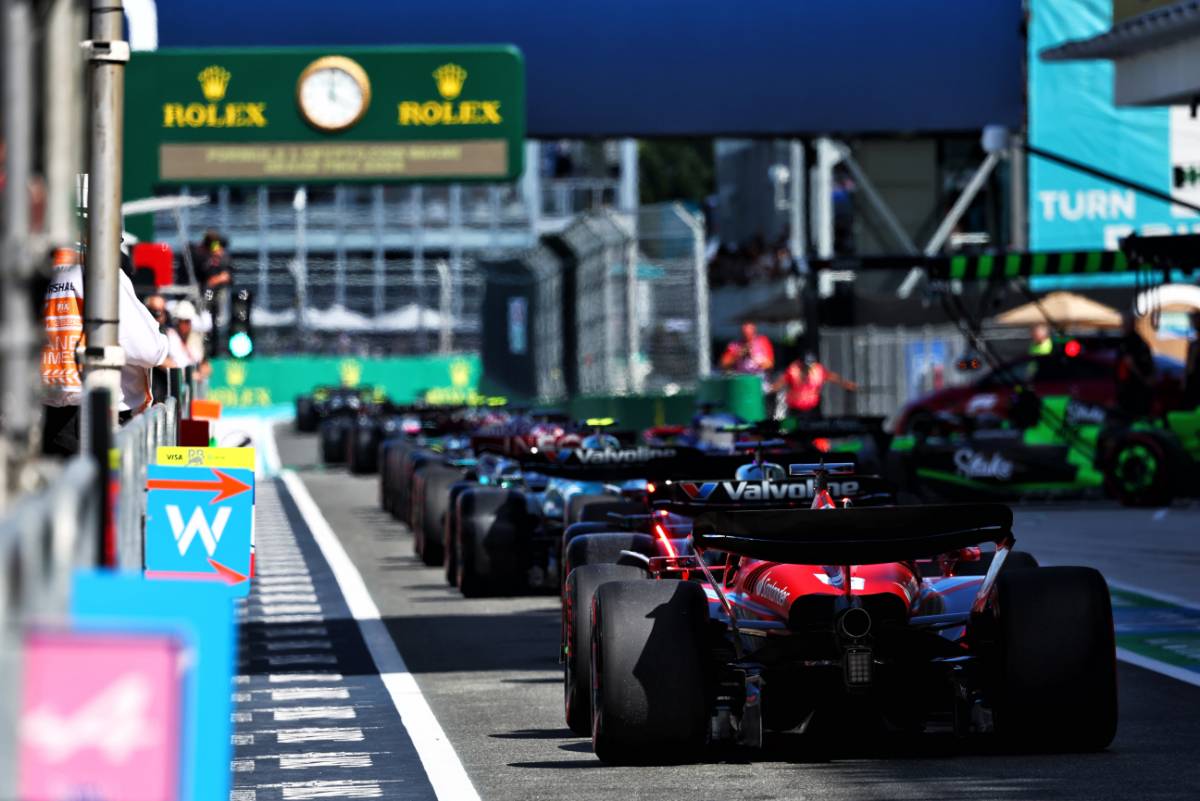Indoor volleyball rotational order and rotational positions
Volleyball players move around a lot during a rally as they try to get to the best spot on the court to mount an attack or defend against the other team.
Before a rally starts, however, each player needs to stand in a certain location until the server hits the ball. That’s called their rotational order or rotational position. Let’s take a closer look at how rotational order and positions work in volleyball.
What is a rotational position in volleyball?
Each half of a volleyball court has six different locations, or rotational positions — three in the front of the court and three in the back.

How do indoor volleyball players position themselves before a rally starts?
When the match begins, each player takes an assigned place on the court (#1-#6) according to the starting line-up that their captain gave to the referee. Back court players stand further behind the center line than the front court player ahead of them — #5 behind #4, #6 behind #3 and #1 behind #2. Players in the front and back rows also must align themselves with players around them and can’t overlap them.

What is the overlap rule in volleyball?
The overlap rule covers where players stand in proximity to their teammates – they can’t ‘overlap’ with the player directly in front or behind them, or to their direct left or right. For example. player #6 must stand between player #5 and player #1 and to the rear of player #3, and player #5 needs to stay behind player #4 and between player #6 and the left sideline.
Does that mean that volleyball players stand in a perfect rectangle before each serve?
Not really. When you watch a volleyball match, you’ll notice that players often seem to bunch up in one area of the court before the serve. Perhaps they’re looking for a more effective way to receive serve, or they’re planning to set up an attack as soon as they get control of the ball.
When that happens, you may think that players are not in their correct rotational position. Take a closer look, however, and you’ll see that each player is still standing where they’re supposed to.
For example, the front middle player can line up very close to the front left player, and nearer to the net, as long as she still stands to the right of the front left player and is nearer to the net than the back center player. Her teammates can likewise set up closer or further away from each other, as long as they don’t overlap the players around them.
Players can even stand very close together, as long as one part of a player’s foot is touching the floor in the right place relative to her teammate.
While the numbers on the chart look to be set in stone, it’s not like they’re actually painted on the court. Think of them more as zones, showing locations where each player needs to stand in relation to her teammates before the serve.
What happens if a volleyball player lines up in the wrong spot?
Players on both teams must remain in their rotational position until the server hits the ball. If a player lines-up out of rotational position before the serve, she could trigger a positional violation, and her team loses the point. If her team was serving, they give up the serve as well.
When can volleyball players leave their rotational position?
As soon as the server contacts the ball, all players can move anywhere on their half of the court and the free zone. Players usually rush to their base positions to attack and defend.
After each rally ends, both teams must return to their correct rotational position before the next serve.
If volleyball players always start from the same spot for each rally, why do they call them rotational positions?
Volleyball players keep the same rotational position during their own serve, and they remain there when their opponent serves. However, when they sideout – when they win back the serve — they rotate, which means that they shift in a clockwise direction to the next position on the court before they begin serving back to the other team.
To learn more about volleyball serves and rotations, click here.



















You must be logged in to post a comment Login